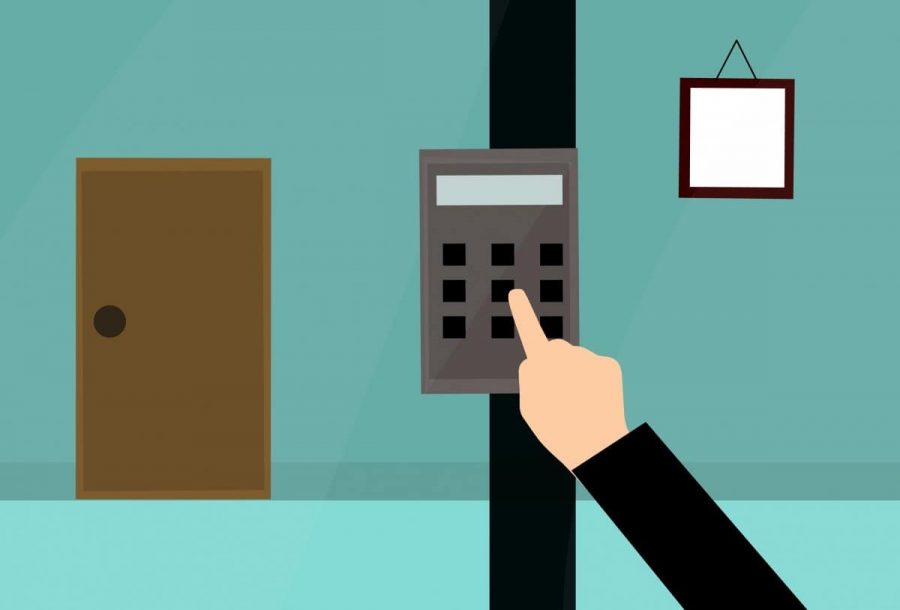How Multi-Factor Authentication (MFA) keeps business secure

As we live in the era of cloud-based technology, it is not entirely secure for you to use passwords to protect your business accounts. In a world where cyberattacks are common, its crucial for small and medium business to consider using the solutions such as Multi-Factor Authentication, or MFA.
As the popularity of SaaS technology grows, different businesses may have many accounts at any given time, with each one of them having access to sensitive company data.
MFA is helpful for the organisations to better deal with such sort of security risks in which they will help the employees to manage account access. It makes sure that multiple layers of security access fully protect the accounts. Every device, app, or login is considered the pathway into your company, and organisations need to make sure that they are all protected.
On this page:
What is Multi-Factor Authentication (MFA)?
Multi-factor Authentication (MFA) is an approach to computer access control whereby the user can only gain access after successfully presenting multiple separate pieces of evidence to an authentication system.
In MFA, at least two of the following pieces need to be considered for Authentication:
- Knowledge – Something the user knows, such as a password or PIN.
- Possession – Something, the user, has in their possession, such as a badge or smartphone.
- Inherence – Something, the user, is, generally indicated through biometrics, such as fingerprints or voice recognition.
For instance, when you set up an online account, whether that be for a website or bank, you a frequently asked to enter the password, which you something you know, and the one-time password which would be sent to you in an SMS, which is something you have.
Multi-factor Authentication has been around for some time. Before online banking, it was common for individuals to access their bank account through an ATM. To gain access, the individual would have had to provide the card (possession), and the associated PIN (knowledge).
The concept of multi-factor Authentication is about adding more authentication steps to gain access to sensitive data/information for completing the transaction. By doing so, it becomes more difficult for criminals to breach the process since they will need to obtain at least two distinct pieces of information.
Multi-factor Authentication (MFA) reduces the risk of anyone else accessing your accounts.
Multi-Factor Authentication (MFA) vs Two-Factor Authentication (2FA)
Two-Factor Authentication, or 2FA, is a type of MFA where you only need two factors of evidence. The ATM example given above is an example of 2FA, consisting of your PIN (knowledge), and your card (possession).
Most websites, such as Google, Twitter, Linkedin, or Amazon, use two-step validation. To access your account, you require your password (something you know) and a unique text (OTP). Without your password and your phone – you can’t gain access.
If another factor was added, say, a USB key which was required to be attached to the laptop, you would need three elements to gain access – your USB key, your phone and your PIN. This isn’t usually the case, because it can get burdensome.
This is one of the reasons why the term “3FA” (or 4FA or 5FA) is unheard of. These terms are not needed because the “multiple” in Multi-factor Authentication (MFA), implies these terms.
Why use MFA?
We have all heard the news of business being impacted by significant data breaches and cyberattacks around the world, affecting millions of customer. Username or password stolen by hackers can be used maliciously to breach data privacy, and access user accounts to take their private data information.
Multi-factor Authentication plays an important to neutralise the risks which are linked with compromised passwords. MFA should be part of any cybersecurity strategy since it adds a layer of protection/security with which your data is further protected.
5 reasons to support the use of multi-factor Authentication
Multi-factor Authentication is equally essential for both small and large organisations to protect their data. This system will protect your data against all forms of cyber-attacks. Presented below are five reasons why SMEs should be implemented MFA to improve their cyber security:
1. Protection of your identity
An average user has 191 accounts, and just 10% of it is controlled by IT. If we know that 61% of users have similar passwords for their accounts and only 45% of them are falling into the trap of phishing emails, it is quite evident that why the use of multi-factor Authentication is needed for identity protection.
See also: What is shoulder surfing
2. High rise in cyber attacks
In a recent report, it has been surveyed that around 61% of the business sectors are under cyber-attack, which shows a steep increase to almost 45% in the year 2018. This report survey is dealing with small organisations fewer than 220 employees as. Usually, hackers try to attack large organisations and companies. By securing all your apps through MFA will increase the chances of protecting the company’s cyber-security.
3. Cost-effective as compared to other security enhancements
Using multi-factor Authentication is highly recommended because it is secure and easy to use compared to the rest of the security methods. It is an inexpensive security method as compared to the rest of the traditional methods of security login. Even though a hacker has stolen your username or password, still they do need to perform different other techniques to break your multi-factor authentication system.
5. Preventing cascading failure
The last reason is preventing cascading failure. Cyber attackers make the use of sophisticated software or numerous attacks. But at the same time, they are equally relying on human factors. By connecting MFA with your account will eventually prevent all sorts of hacks.

